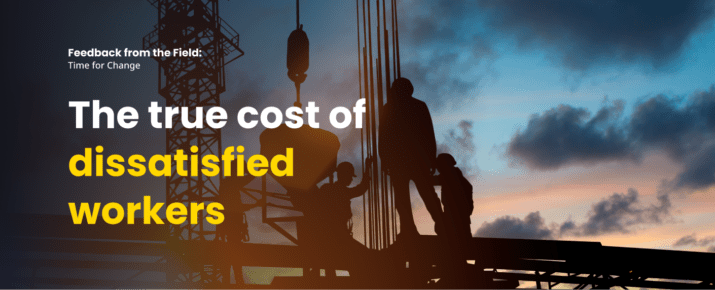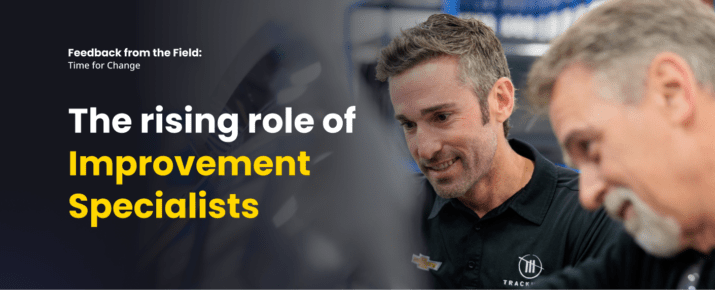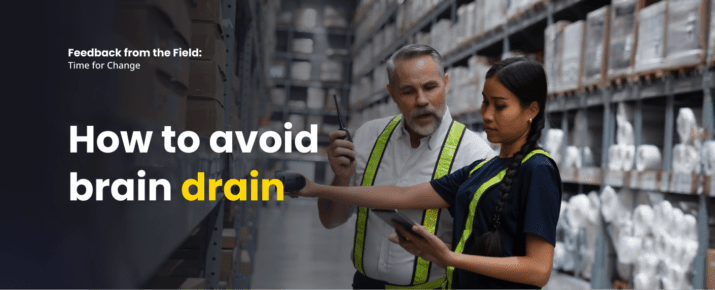Information overload? Time to tap into tech.
Feedback From The Field | Industry Trends | By | 28 Jun 2021 | 4 minute read
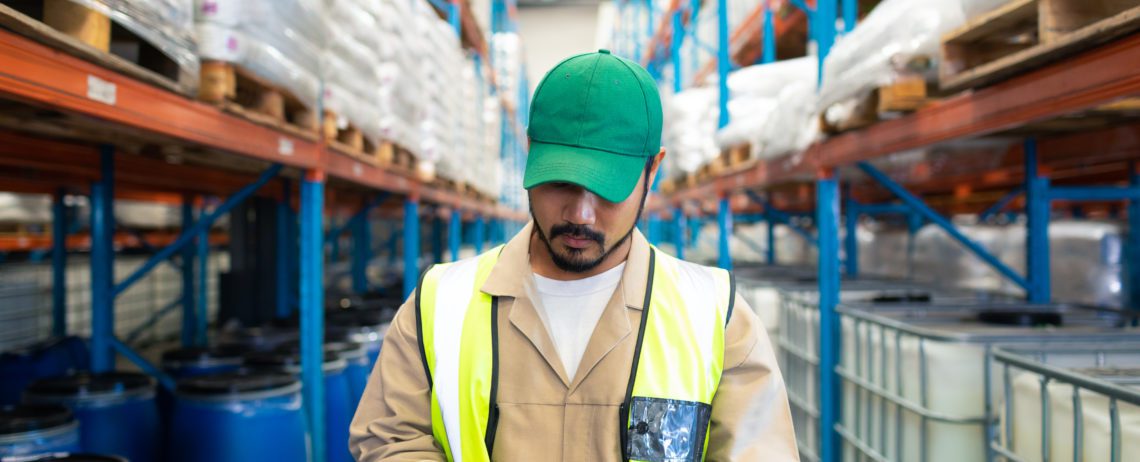
If you’re one of those people with a never-ending to-do list, you’re not alone. Perhaps you spend all day ticking off items at work, only to find you’re still writing lists when you get home, too.
The pandemic has placed us all on high alert. To anticipate the unexpected, mitigate risk, and be constantly on the lookout for breaches of protocol.
It’s necessary — but exhausting.
We’re on a mental recovery from the initial waves of the pandemic, yet things are still changing at lightning speed. How can tech help? We explore the ways that using software can alleviate, rather than add to, your mental, or cognitive load.
Understanding your cognitive load
Cognitive overload happens when your working memory receives more information than it can handle comfortably, leading to frustration and compromised decision-making. For example, all of that time you spend organizing your reports. Or remembering to have the latest protocols revised following a government update.
When you’re in cognitive overload, your brain is scanning the future, always trying to anticipate what needs to be actioned.
As BBC Worklife notes: “You’re spending more of your life having to think deliberately and consciously, more like a novice than expert, which is exhausting in itself.”
Our brains are overloaded
The health and safety industry is driven by process. However, sometimes we can get so bogged down with processes and operations that it can cause mental fatigue and overload. Did you know our brains process up to the equivalent of 34 GB of information a day? Like Nir Eyal advocates, it was easy for us to become distracted – even before the pandemic.
Since COVID arrived, our routines and habits have dramatically changed, and burnout is something that many of us are trying to deal with. Harvard conducted an extensive survey of wellbeing under COVID, and an incredible 85% reported that their wellbeing has declined over the past year.
Frontline workers can’t simply go “tools down” and stop the world’s operations, though. We still have to open our stores, deliver groceries and medicines, keep people safe and offer them goods and services. So how can we do all this adequately whilst maintaining high safety standards?
Prevent decision fatigue and mitigate risk
Some might think of technology as a contributor to mental overload. But as Nir Eyal says “we often blame technology for distraction. However, because all human behavior is motivated by the desire to minimize discomfort, the “root cause” of distraction therefore lies within us. Technology, by contrast, is merely a “proximate cause”.
Therefore if burnout is a very real issue, perhaps tech can help us lighten some of our ongoing mental ‘to-do’ list. How? By preventing decision fatigue. This is where employing technological tools comes in handy.
Cognitive overload is a major challenge for workers in specialized industries such as health and social services. These workers are often required to make complex decisions under pressure, while also managing a heavy workload. Health and social services software can help to reduce cognitive overload by simplifying and streamlining various processes, such as planning, reporting, and billing. To achieve this, businesses usually seek the expertise of healthcare software development companies to create such efficient and accurate solutions.
With a personalised interface that can learn from your habits and behaviors, using tech in a health and safety atmosphere can help to bolster your brain on those days when you’re feeling a little bit fuzzy. It is, after all, the way we use tech that helps us with our goals.
“The less users have to think about the interface or design, the more they can focus on accomplishing their goal” says SaaS expert Danny Halarewich.
This means that a smart, simple tech interface like iAuditor can boost productivity. With an easier, smoother process for checklists and inspections, we not only complete tasks easier but increase our wellbeing – there’s simply less to think about.
Relying on tech at a time when we’re cognitively overloaded can also provide a safety net against mistakes. It’s our trusty backup when we’re too stressed to think of every angle.
Slowing down by using real-time safety solutions
Technology can actually help us to slow down, as we automate more and more of our processes.
Neuroscience research says we can actually do more by doing less because we free up energy. When we have less time, we’re actually more productive. We focus better, and have crystal clear clarity about what needs to be done.
Cal Newport says “You want more out of your employees? Radically reduce their responsibilities, then leave them alone to execute.”
With a real time inspection app, employees on the ground can simply follow the ready-made checklists, and they automatically update, streamlining the web development process and ensuring efficient collaboration. Rather than being draining, notifications can be used consciously; in the sense of only alerting a safety manager if there is an urgent matter that needs immediate rectification.
Collaboration is essential to productivity; a mobile app stored in our pockets enables us \to communicate wherever we are, across time zones, in a real-time chat function. Being more organized with digital data can also help to alleviate some of the wasted time we spend managing reports and collating all the information to send to our direct reports.
What can relying on this kind of tech do for us? As we free up our cognitive overload, It can give us the mental space to come up with creative solutions. When mentally burdened, it can be more difficult to give our mind the freedom it needs to generate solutions to some of our most pressing problems. A real time tech solution can free us to take a more holistic view of our health and safety challenges.
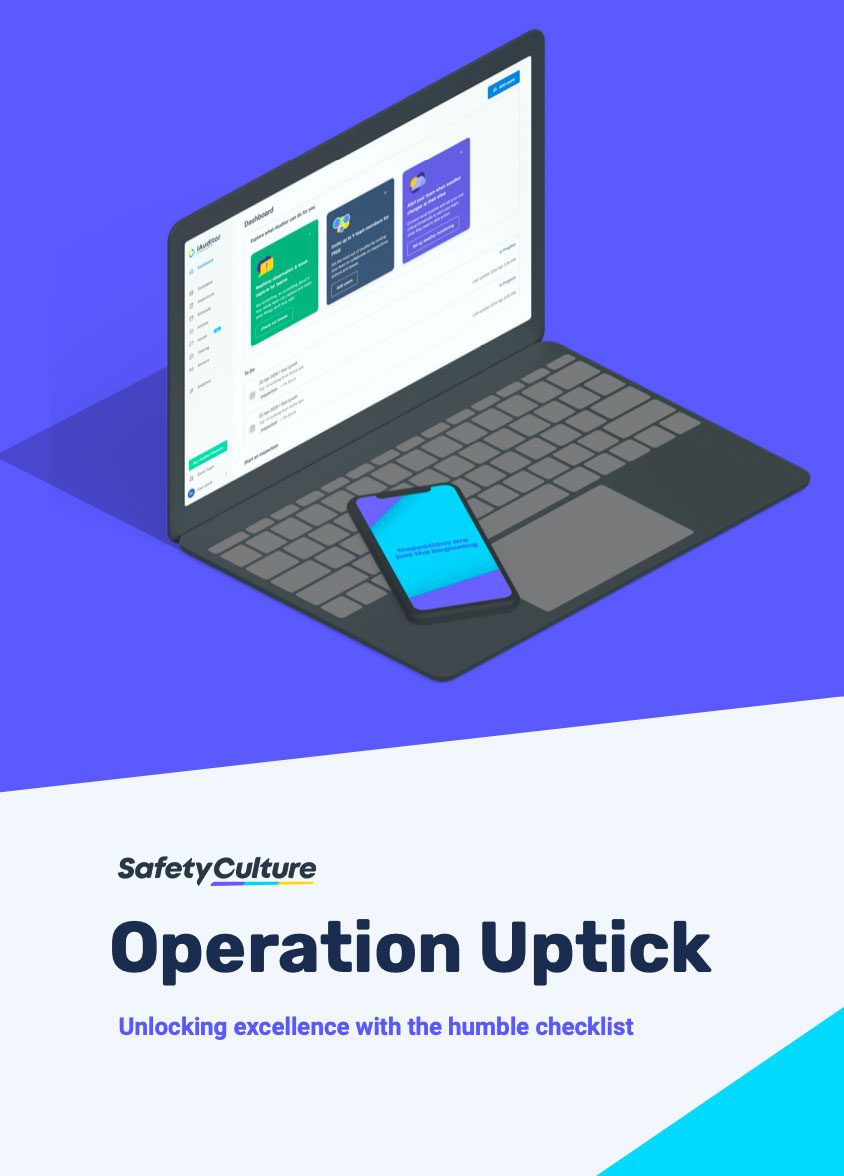
Dig into the insights you need to reset your operations and get back on track.
Download the full report here.
Important Notice
The information contained in this article is general in nature and you should consider whether the information is appropriate to your specific needs. Legal and other matters referred to in this article are based on our interpretation of laws existing at the time and should not be relied on in place of professional advice. We are not responsible for the content of any site owned by a third party that may be linked to this article. SafetyCulture disclaims all liability (except for any liability which by law cannot be excluded) for any error, inaccuracy, or omission from the information contained in this article, any site linked to this article, and any loss or damage suffered by any person directly or indirectly through relying on this information.
